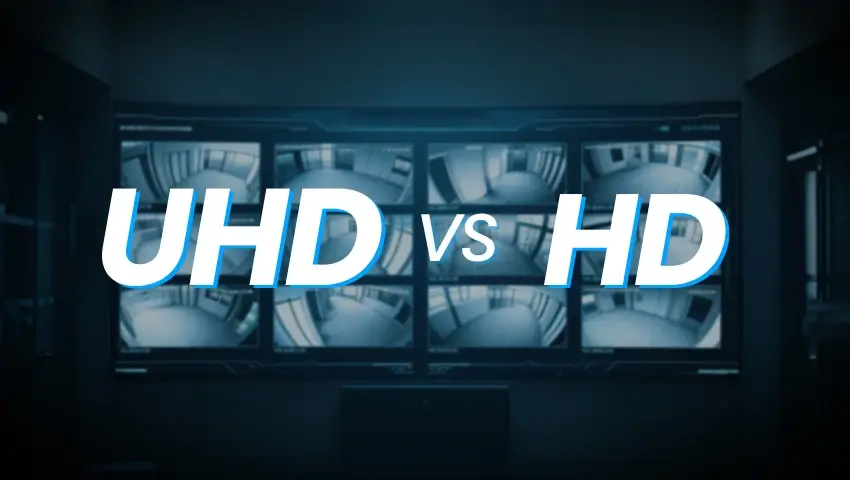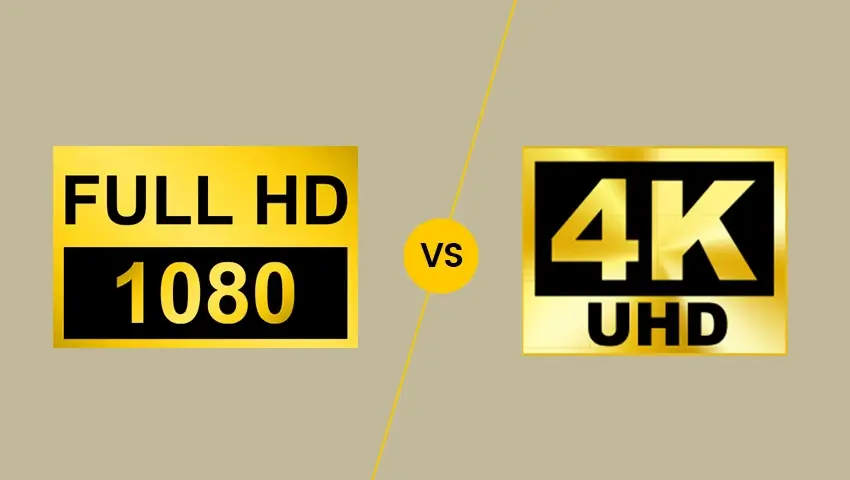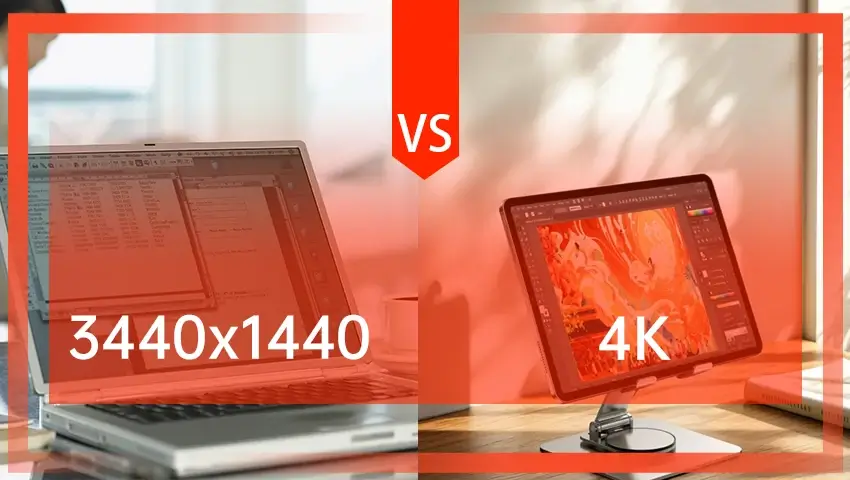| When choosing the right display technology for surveillance systems, two leading options dominate the market: Ultra High Definition (UHD) and Organic Light-Emitting Diode (OLED). Each has distinct advantages and limitations, making them suitable for different security applications. In this blog, we compare UHD and OLED displays to help you determine which is best for your surveillance needs. 1. Resolution & Clarity: UHD Leads in Detail UHD (Ultra High Definition) monitors, such as those used in professional surveillance setups, typically offer 4K (3840×2160) or even 8K resolutions, providing exceptional detail for identifying faces, license plates, and other critical elements in security footage. This makes UHD ideal for large-scale video walls in control rooms, where multiple camera feeds must be displayed simultaneously without losing clarity.OLED displays, while capable of deep blacks and vibrant colors, often max out at 4K resolution and are less common in large-scale surveillance due to higher costs and potential burn-in risks from static camera feeds.
2. Brightness & Visibility: UHD Excels in High-Light Environments For outdoor and high-light surveillance monitoring, UHD LCD/LED displays with high-nit brightness (1000+ nits) perform better under direct sunlight or bright conditions. Some UHD monitors, like those used in public safety systems, feature anti-glare coatings and wide viewing angles to ensure visibility from multiple angles.OLED screens, while offering perfect blacks and infinite contrast, struggle with peak brightness compared to UHD LED-backlit displays. This can make them less suitable for outdoor surveillance applications where glare resistance is crucial. 3. Durability & Longevity: UHD is More Reliable for 24/7 Operation Surveillance systems require displays that can operate 24/7 without degradation. UHD LCD panels, especially those with direct LED backlighting, are designed for continuous use and resist image retention (burn-in), a common issue with OLED when displaying static camera feeds for extended periods. OLED panels, though superior in color accuracy, are more prone to pixel degradation over time, making them less ideal for permanent surveillance installations where longevity is critical. 4. Response Time & Motion Handling: OLED’s Advantage for Real-Time Monitoring For real-time security monitoring, OLED’s near-instantaneous response time (0.01ms) eliminates motion blur, ensuring smooth playback of fast-moving objects—crucial for tracking suspects or vehicles. UHD displays, while improving with 120Hz+ refresh rates, still rely on backlight scanning, which can introduce slight motion blur compared to OLED’s self-emissive pixels. 5. Cost & Practicality: UHD is the Budget-Friendly Choice For large-scale deployments, UHD monitors are significantly more cost-effective than OLED, especially for video walls and control room setups. Professional-grade UHD surveillance displays, like those from ViewSonic and other security-focused brands, offer narrow bezels, high brightness, and rugged designs at a fraction of OLED’s price. OLED remains a premium choice for color-critical monitoring (e.g., forensic analysis or high-end security review stations) but is often overkill for standard surveillance applications. Conclusion: Which is Best for Surveillance?– Choose UHD if: You need high resolution, brightness, durability, and cost-efficiency for 24/7 surveillance, control rooms, or outdoor monitoring. For most security applications, UHD remains the practical choice, balancing performance, reliability, and affordability. However, as OLED technology evolves with better burn-in resistance and lower costs, it may become a stronger contender in the future. |
-1.jpg)



